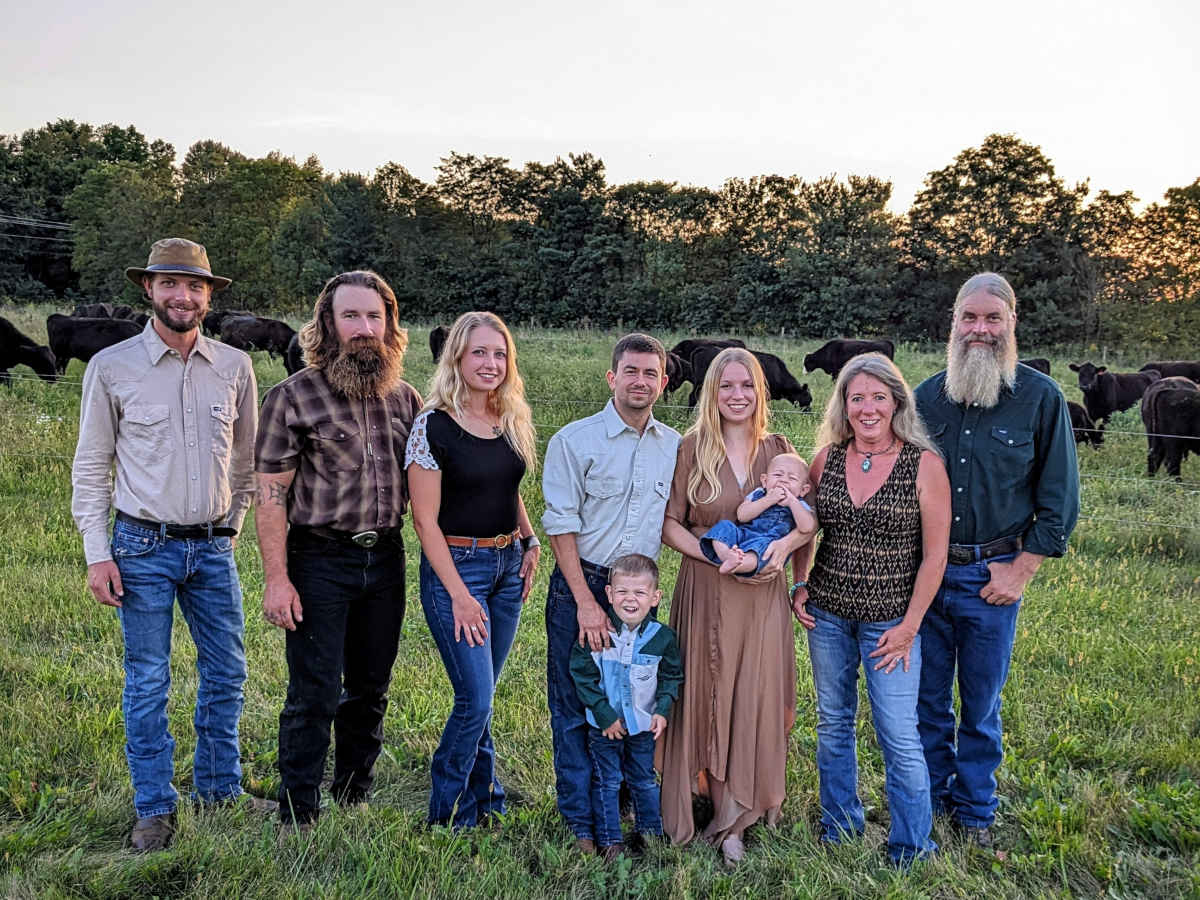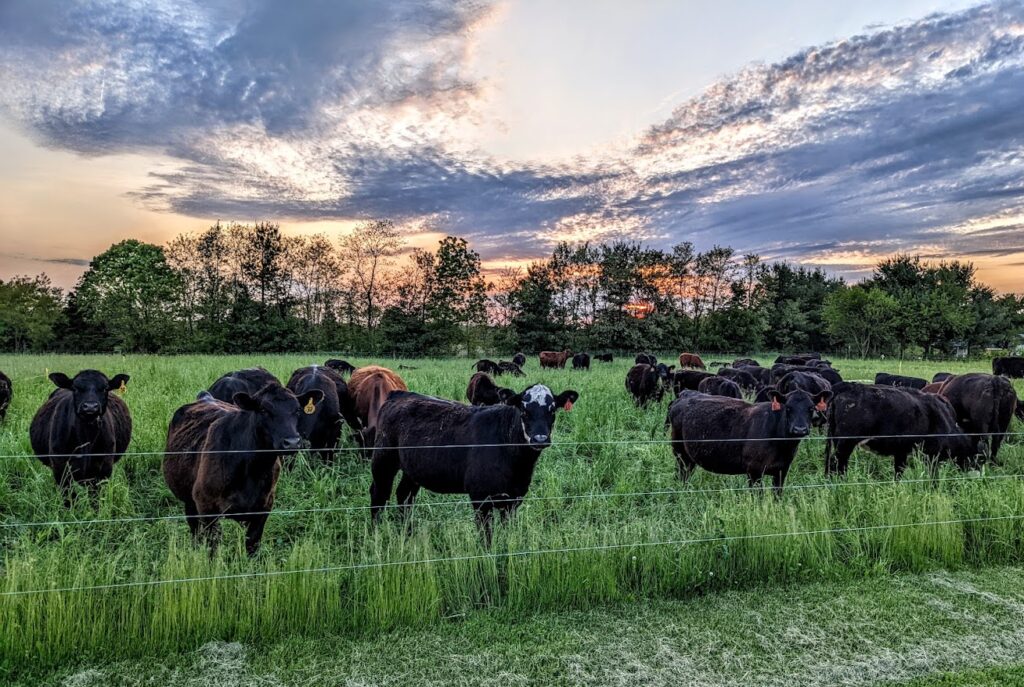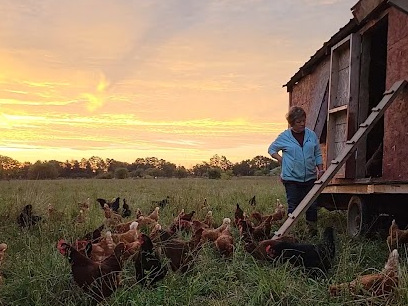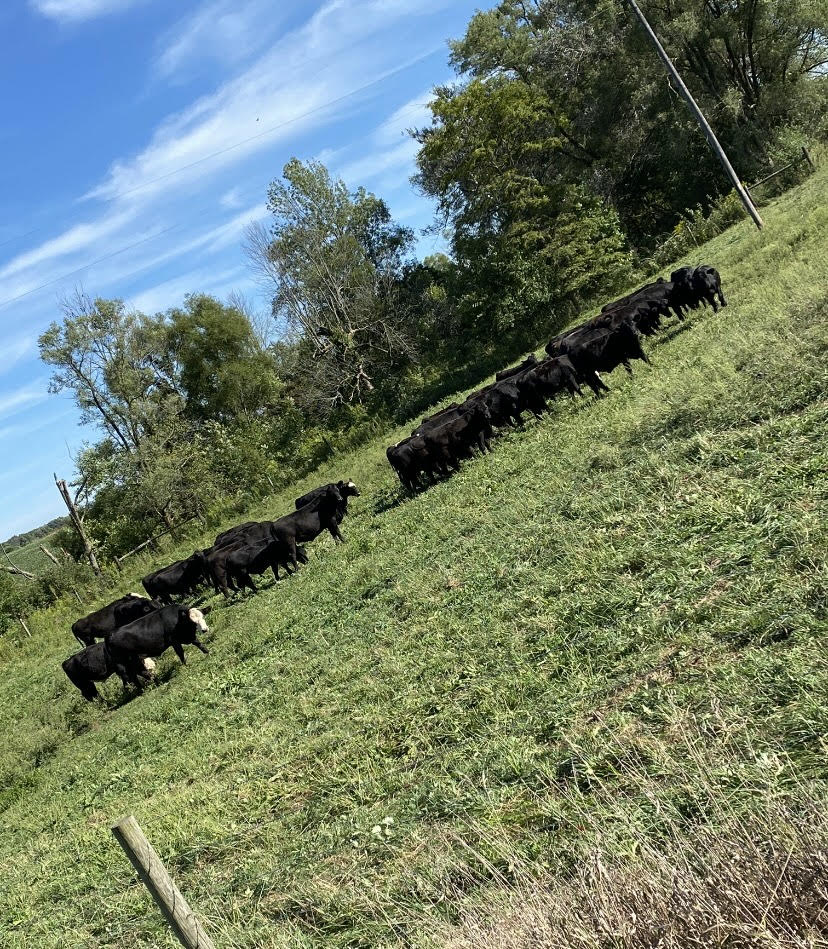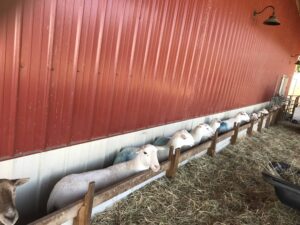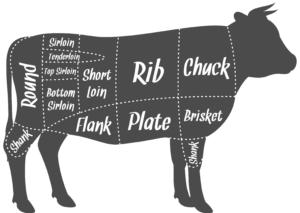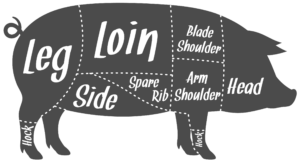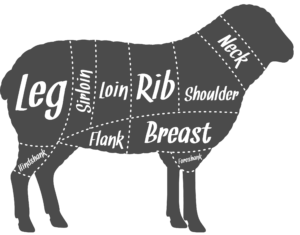When potential meat-processing customers call us to inquire about our packing practices, most are very excited to learn that our meat is vacuum-packed. Vacuum-packing removes air from the package before it is sealed. Removing air removes the oxygen that can cause color, flavor, and texture changes in food. Limiting food’s exposure to oxygen is therefore a cheap and effective way to increase the shelf-life of meats and other foods. In fact, studies show that vacuum-sealing can keep food fresh 3 to 5 times longer than other packing methods. Vacuum sealing also prevents the evaporation of many components that give foods their uniquely appetizing smells and flavors. For foods that are frozen, such as our meats, vacuum packing prevents freezer burn by eliminating dehydration.
One downside to vacuum packing is that the seal can fail over time, allowing oxygen to seep back into the package. Contact with sharp objects can puncture the package, allowing air to enter through the puncture. In a small number of cases, human or machine error may cause a package to seal incompletely. With the equipment and vac bags we use, we’ve been told to expect a failure rate of 2-3%, or only about 2-3 of every 100 packages.
Failure rates can be decreased by careful package handling after purchase. If the meat comes boxed, try to keep packages in the original box while storing in your freezer. The fewer times a package is handled, the less the chance of a puncture or seal failure. Packages should never be thrown or dropped.
A final note: some customers have asked about BPA. We checked with our supplier, and we’re happy to report that our packaging materials are BPA-free. BPA, a component of some plastics used in food containers and packages, has been linked to health problems when it leaches into foods and beverages.
